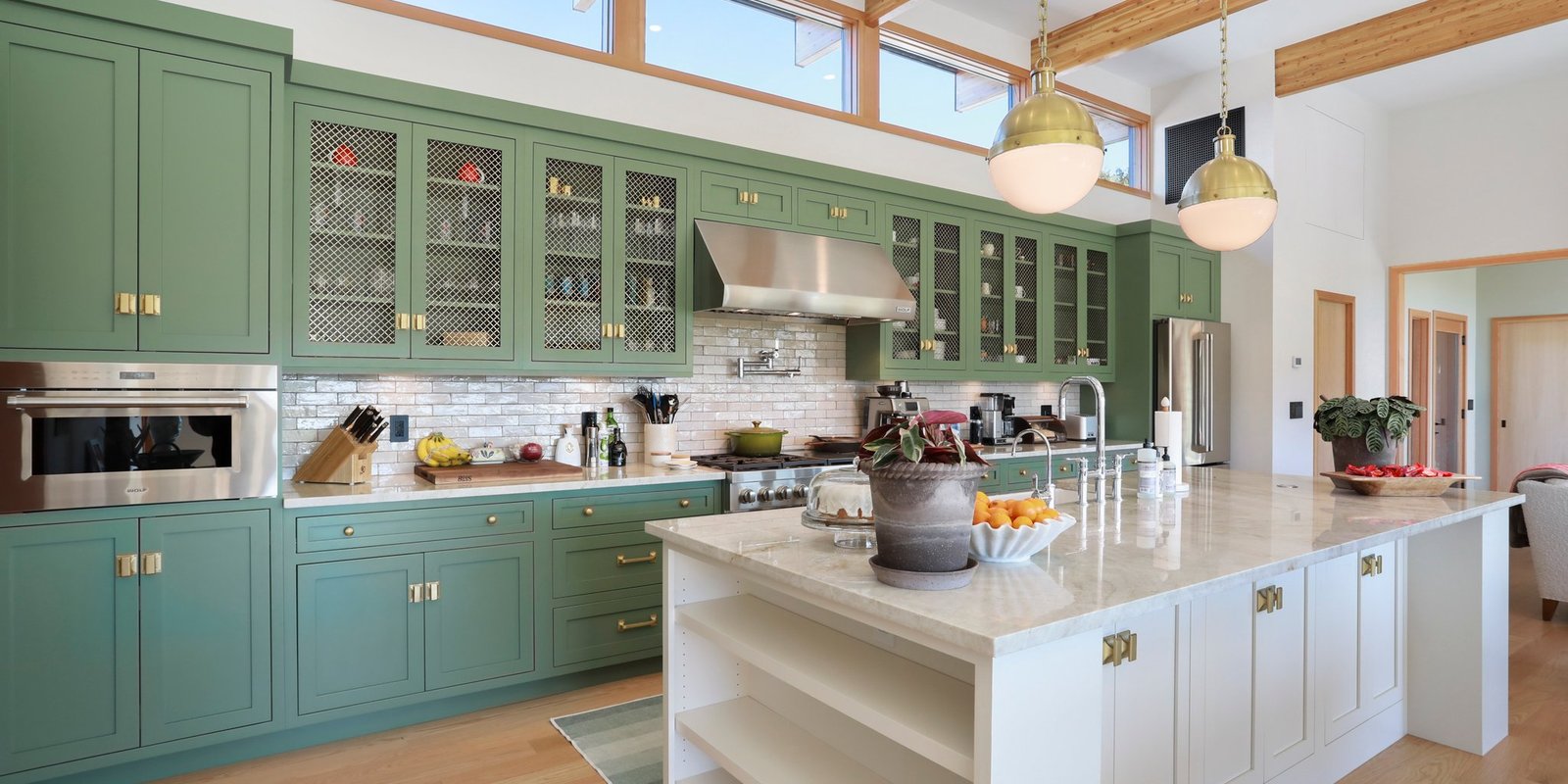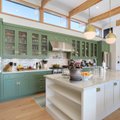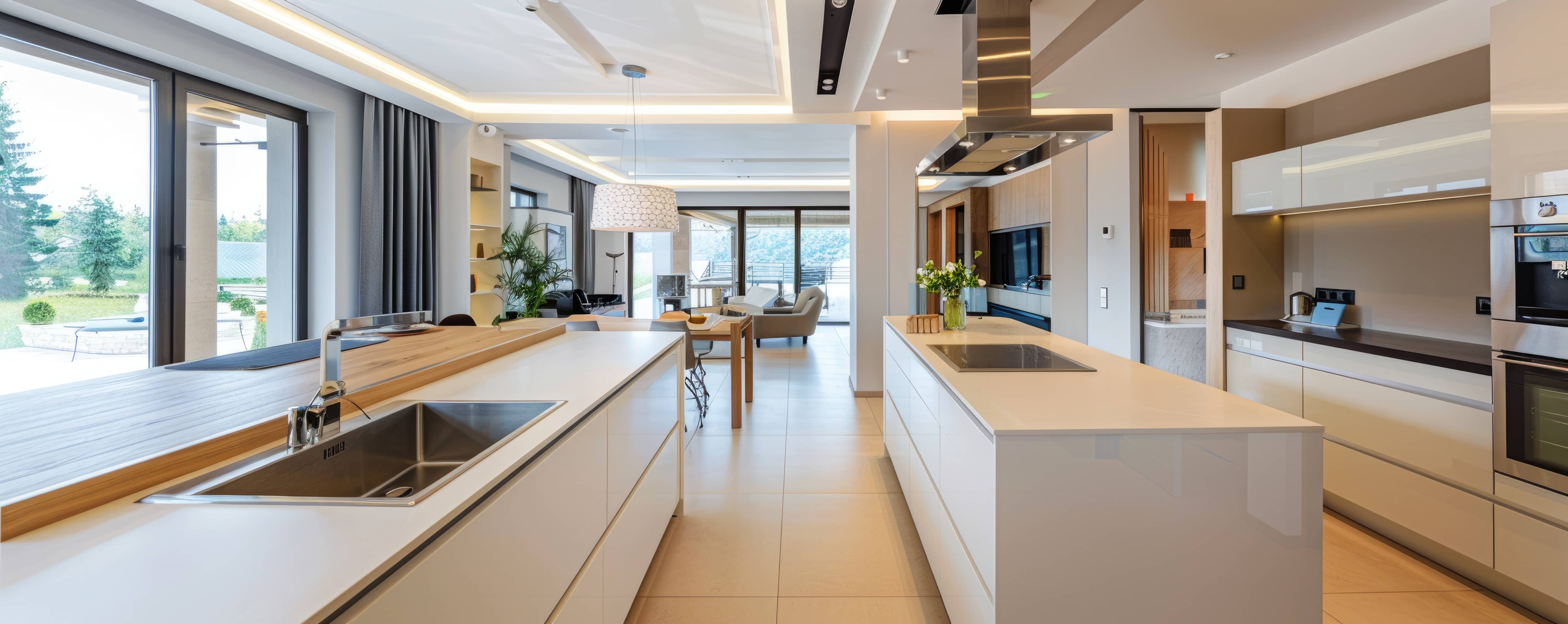In the last several years, the kitchen island has become the heart of the home. It’s a place where everyday life occurs – think early morning breakfast with our parents or kids, conversations that build a bond within families, kids laying out their coloring books, homework, or newest invention, or lively nights with friends and food.
The island has been an evolving, yet consistent anchor for the home that started as a simple preparation surface and now serves as a gathering place for us all to enjoy.
When it comes to what’s in-style in a kitchen, some things come and go – think raised-panel honey-oak cabinetry paired with fluorescent box lights from the 90’s – and some things remain steadfast. The first kitchen-constant that comes to my mind is the kitchen island – a unchanging staple that only improves in its style. Here are four kitchen island styles to help bring clarity and inspiration as you plan your next kitchen design.
The Functional Island
The most common island style we see today is one of function. This nods to the origins of the island as a preparation surface rather than the heart of the kitchen. To some, its not all about the looks – its about the features that make our lives easier. Think integrated seating, unique storage, or even a built-in cutting board tucked above the trash can. The versatility of this style blends food prep areas with dining – formal or not – and social zones of the kitchen into one footprint. It can also bring a level of organization to certain areas for cookware, spices, and small appliances that don’t belong on the counter all week long. Finally, this type of island can improve the “kitchen triangle” of workflow in the kitchen while offering a welcoming and flexible space to sit or stand.
The Modern Island
While still considering function, some island-seekers emphasize their desire to feel a sense of modernity or high-end when they walk into their kitchen. This design focuses on clean lines, sleek surfaces, and integrated technology – think pop-up outlets, touchless faucets, or wireless charging pads embedded into the countertop. This style often combines waterfall edges, hidden storage, and minimal hardware for a refined, contemporary feel.
The Clever Island
The clever island uses every inch wisely. Think pull-out spice racks, toe-kick drawers for large sheet trays, a built-in compost bin for those Fauquier County homesteaders, or expandable extensions for when extra space is needed for dining or homework. There are many ways to get creative, especially with the right cabinet maker, but ultimately, the design is meant to adapt the island to daily life and keep clutter out of sight.
The Contrasting Island
This type of island could almost be considered a “sub-type” of island. It’s noteworthy because any type of island can also act as a contrasting piece of the kitchen. Maybe you’ve seen an accent wall in a home or online – the contrasting island is one that blends the desired function while either being made with a different style, countertop, or even just a different color than the rest of the kitchen. This concept introduces visual depth and character. Opposite cabinet colors or different countertop materials separate the island from surrounding cabinetry, creating a custom, furniture-like look.
Closing Thought
No matter the style, the kitchen island remains a reflection of how families live and gather—balancing practicality, design, and connection in the heart of every Virginia home with a kitchen island.
If anything in this article was helpful, save it for when you’re ready to tackle your kitchen remodel or send it to someone who it might find it helpful. However, if you’re ready to turn your kitchen into a space that fits the way you actually live, start with a PKB design consultation. You’ll walk away with a clear plan, realistic investment ranges, and a concept that feels built for your family—not just your floor plan.





